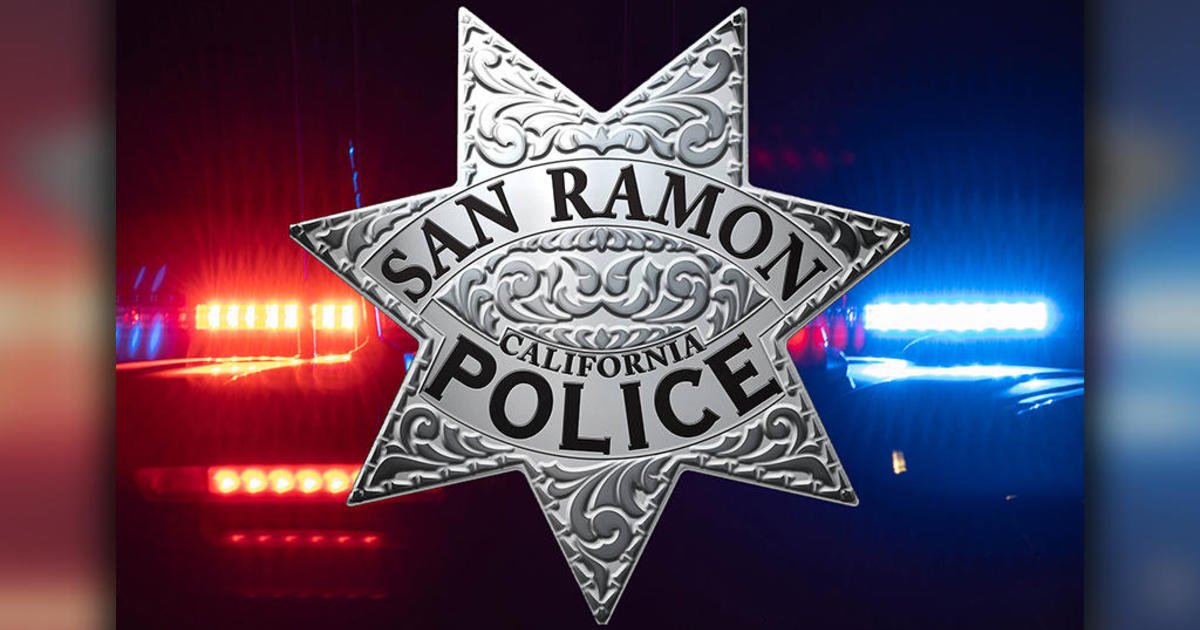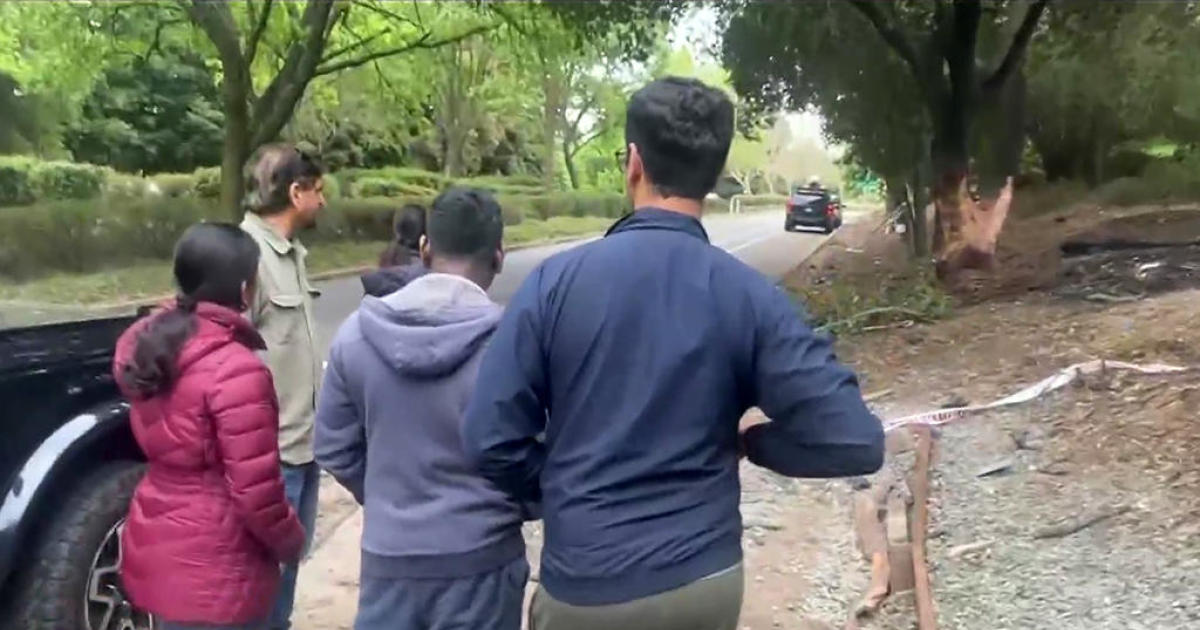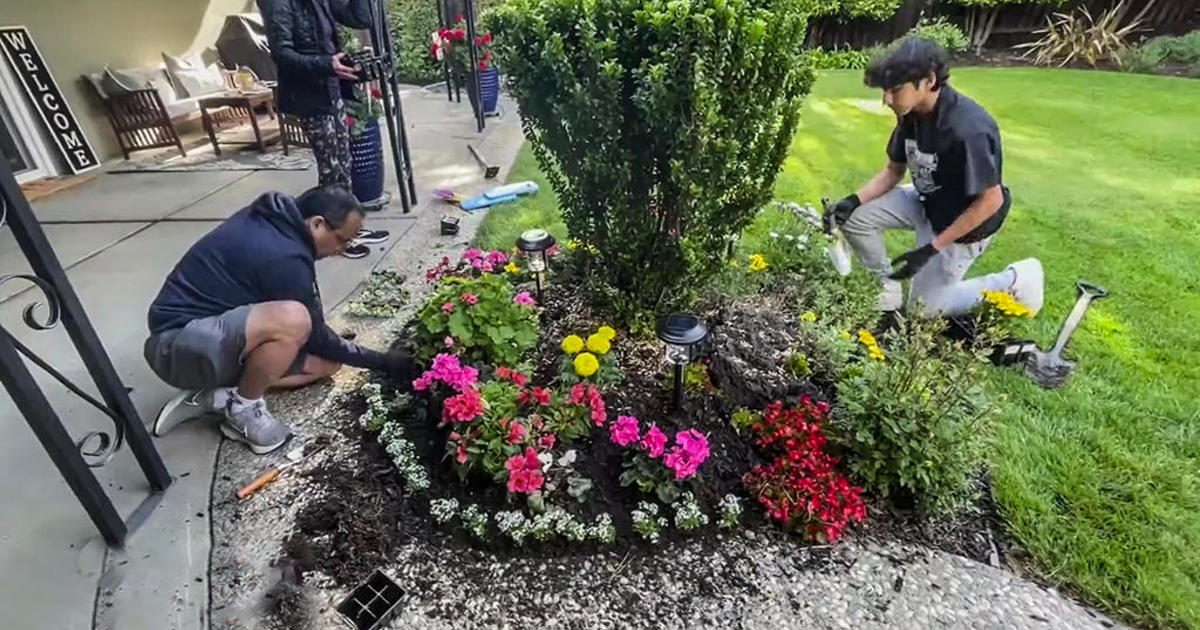Lesser known Calaveras Fault can deliver a jolt to the Bay Area
SAN JOSE - While not as well known as its neighbors -- the San Andreas and Hayward faults -- a quake on the Calaveras Fault can still pack a punch for Bay Area residents.
A magnitude 5.1 earthquake followed by three aftershocks ranging in magnitude from 3.5 to 2.8 rumbled through the South Bay Tuesday, rattling windows, shelves and nerves all across the Bay Area.
According to the U.S. Geological Survey, the initial temblor struck at 11:42 a.m. with an epicenter near Mt. Hamilton along the Calaveras Fault with a second jolt at 11:46 a.m. Then a 3.5 aftershock rattled the region at 3:08 p.m. and a magnitude 2.8 temblor struck at 5:20 p.m.
It was the largest earthquake in the Bay Area since a magnitude 6.0 temblor jolted the Napa wine country in 2014, injuring more than 100 people, sending brick and concrete tumbling from historic buildings and triggering fires and power outages.
Fortunately, there was no such damage on Tuesday.
It was also the largest quake on the northern end of the central segment of the Calaveras Fault since a 5.4-magnitude quake in 2007.
"One of the reasons why we felt the earthquake so strongly even though it was a 5.1 is that it was a shallow earthquake," Kimberly Blisniak of the San Jose State geology department said
While not as well known as the San Andreas and Hayward faults, Dr. Annemarie Baltay from the USGS said the Calaveras system is very seismically active.
"Numerous moderate earthquakes have happened in the area including the 6.2 magnitude Morgan Hill earthquake in 1984," she said.
Dr. Ross Stein said the rumblings along the Calaveras Fault are a warning to Bay Area residents of the threat it poses.
"It has shown (it can produce a quake) that to us over and over," he said. "The Hayward Fault and the southern Calaveras rupturing at once is the worst case scenario for the Bay Area."
According to the USGS forecast, there is a 2% chance of one or more aftershocks that are larger than magnitude 5, which can be damaging, within the next week.
There will likely be smaller aftershocks within the next week, with up to 11 magnitude-3 or higher aftershocks. Magnitude 3 and higher aftershocks are large enough to be felt nearby.
ALSO READ:



